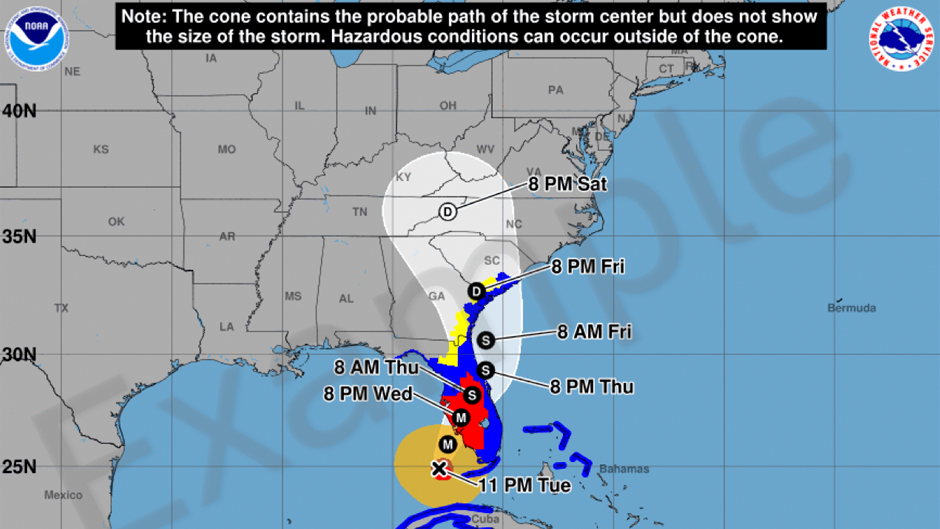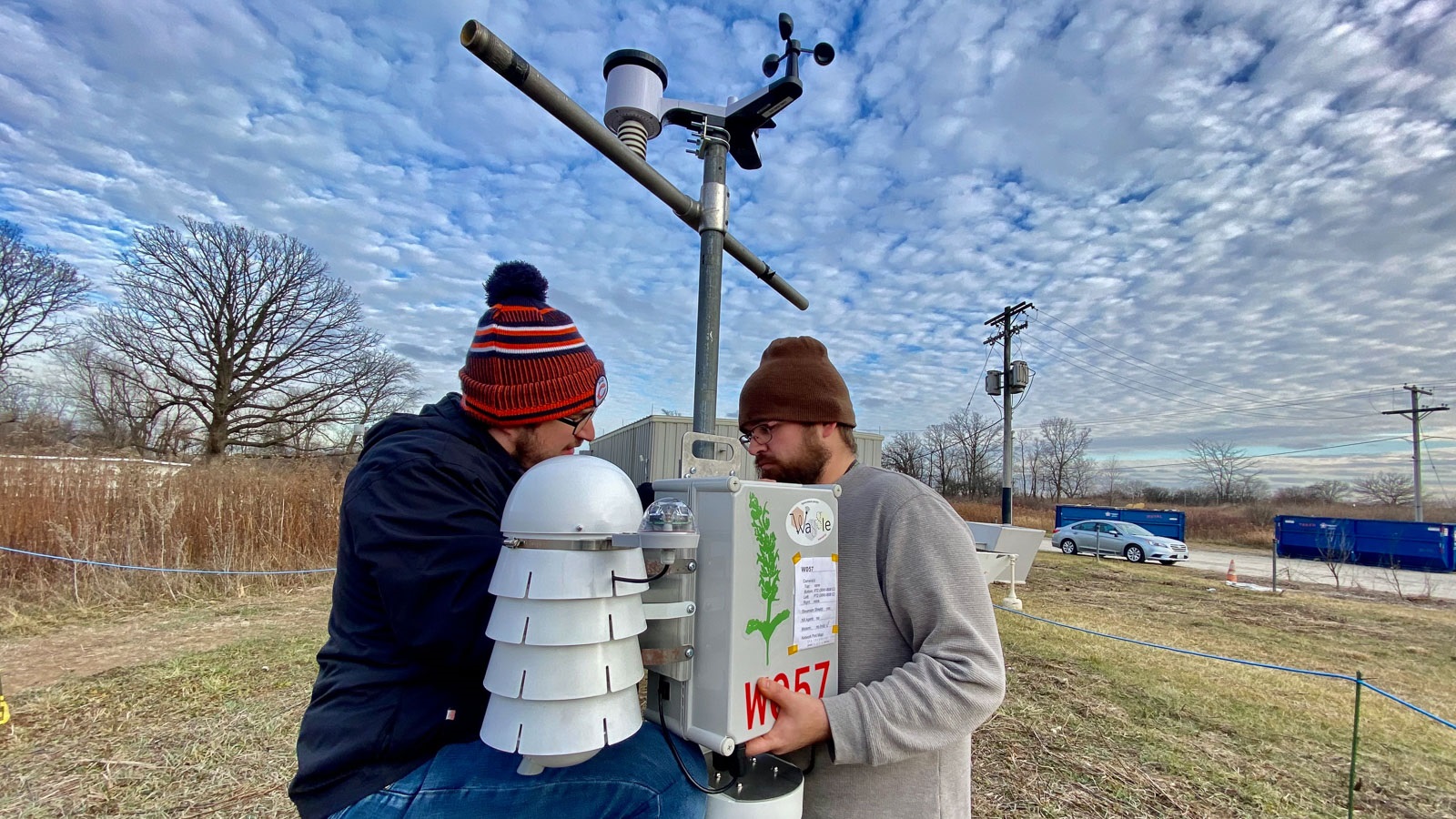Patricia “Patti” Martin, an alumna of The University of Alabama Huntsville (UAH), has been selected to the Alabama Engineering Hall of Fame (AEHOF). Martin graduated from The University of Alabama in 1983 with a bachelor’s degree in chemical engineering.



